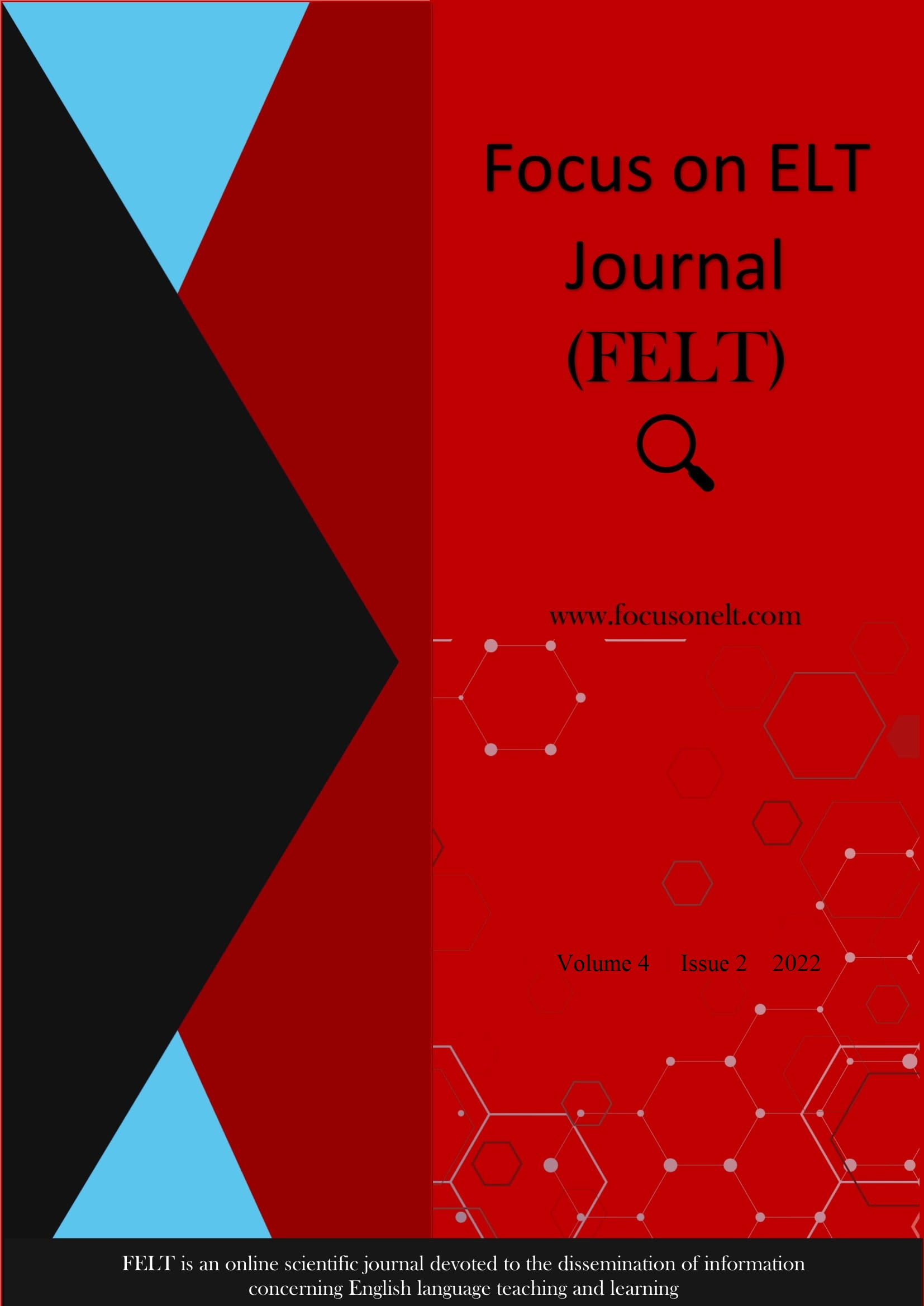Book Review: New perspectives on willingness to communicate in a second language
Main Article Content
Abstract
The term Willingness to Communicate (WTC), which has an important place in the foreign language learning, teaching, and performing process, was first used in mother tongue teaching (McCroskey & Baer, 1985). Later, MacIntyre and Charos (1996) first used this term in second language teaching. Then MacIntyre et al. (1998) defined WTC as the effects of various psychological components on linguistics in foreign language teaching with the model they developed. In the following years, there has been a rapid increase in the number of studies on WTC in foreign language teaching. In these studies, motivation, self-confidence, anxiety, and personality have been observed to have significant effects on WTC (Alishah, 2015; Mahmoodi & Moazam, 2014; Peng, 2013; Şener, 2014; Tan et al., 2016; Vongsila & Reinders, 2016; Watanabe, 2011, etc.). On the other hand, there are also studies claiming that there is no direct relationship between motivation and WTC (Öz et al., 2015). After all, there are various perspectives and claims regarding not only the background of WTC but also the influence it has on using a foreign language. In this context, the editors of the book “New Perspectives on Willingness to Communicate in A Second Language”, Zarrinabadi and Pawlak (2022) have made a significant contribution to the field by bringing together eleven different qualitative, quantitative, and mixed-type studies carried out by different researchers on WTC, which has an increasingly important place in second language learning and teaching process in recent years.
Metrics
Article Details

This work is licensed under a Creative Commons Attribution-NonCommercial-NoDerivatives 4.0 International License.
References
Alishah, A. R. (2015). A study of factors affecting Turkish EFL learners’ willingness to speak in English (Thesis No: 381463) [Doctoral dissertation, Gazi Üniversitesi]. Ulusal Tez Merkezi/National Thesis Center
MacIntyre, P. D., & Charos, C. (1996). Personality, attitudes, and affect as predictors of second language communication. Journal of Language and Social Psychology, 15, 3- 26.
MacIntyre, P. D., Clément, R., Dörnyei, Z., & Noels, K. A. (1998). Conceptualizing willingness to communicate in an L2: A situational model of L2 confidence and affiliation. The Modern Language Journal, 82(4), 545-562.
Mahmoodi, M. H., & Moazam, I. (2014). Willingness to communicate (WTC) and L2 achievement: The case of Arabic language learners. Procedia-Social and Behavioral Sciences, 98, 1069-1076.
McCroskey, J. C., & Baer, J. E. (1985). Willingness to communicate: The construct and its measurement. Paper presented at the annual convention of the Speech Communication Association, Denver, CO.
Öz, H., Demirezen, M. & Pourfeız, J. (2015). Willingness to Communicate of EFL Learners in Turkish Context. Learning and Individual Differences, 37, 269-275.
Peng, J. (2013). The challenge of measuring willingness to communicate in EFL contexts. The Asia-Pacific Education Researcher, 22(3), 281-290.
Şener, S. (2014). Turkish ELT students' willingness to communicate in English. ELT Research Journal, 3(2), 91-109.
Tan, S. M., Ong, C. S. B., Sim, C. P., Hoi, W. W. Y., & Sia, P. C. (2016). Willingness to communicate in English and motivation level among Chinese secondary students in Northern Malaysia. International Journal of humanities and management sciences, 4(3), 283-287.
Vongsila, V., & Reinders, H. (2016). Making Asian learners talk: Encouraging willingness to communicate. RELC Journal, 47(3), 331-347.
Watanabe, M. (2011). Motivation, self-determination, and willingness to communicate by English learners at a Japanese high school (Thesis No: 3477796) [Doctoral dissertation, Temple University]. ProQuest.

